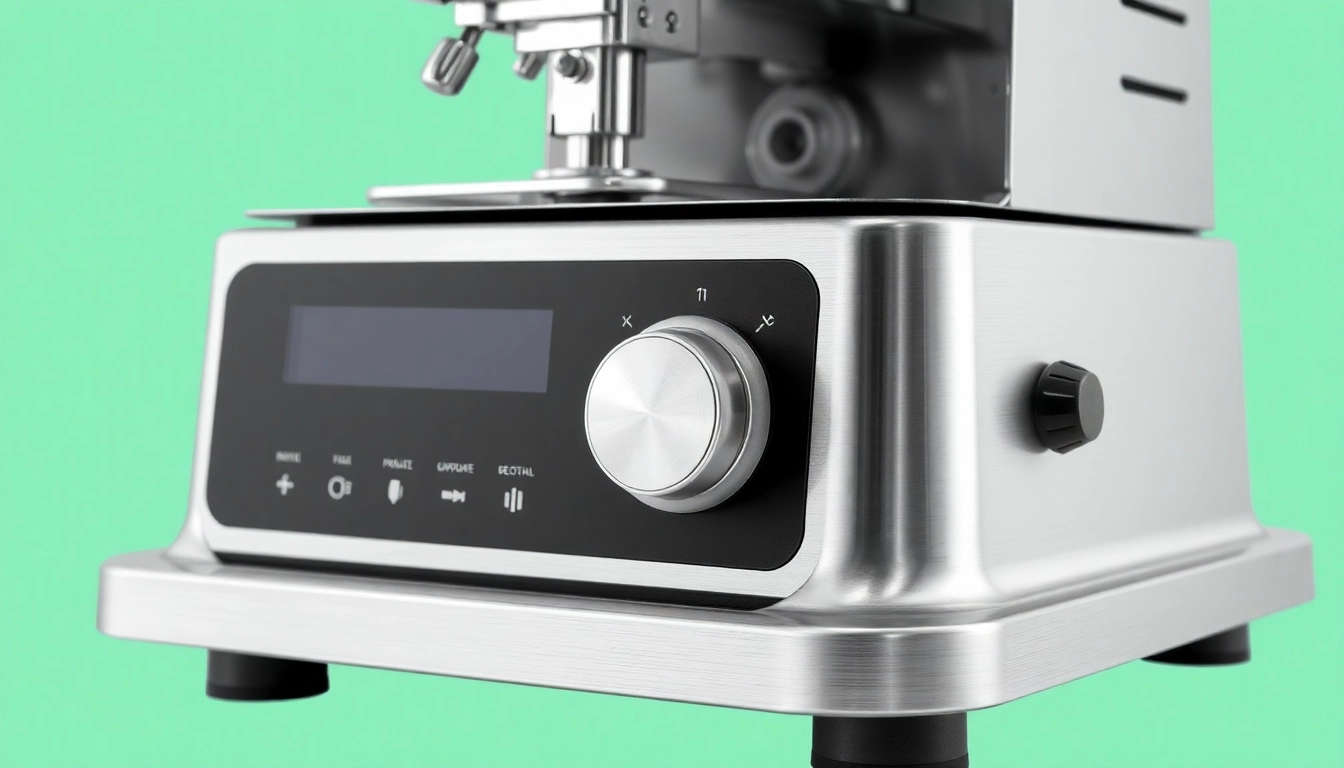Understanding Chef Base Repair
What is a Chef Base and Its Importance?
A chef base is an essential piece of kitchen equipment designed to provide refrigerated storage directly underneath cooking appliances. Often used in commercial kitchens, a chef base combines the functionality of a refrigerator, freezer, and workspace, allowing chefs to keep ingredients at an optimal temperature right where they are needed. This versatility saves time and enhances workflow efficiency, making it a staple in restaurants, catering kitchens, and culinary schools.
The capability to place cooking equipment on top of a chef base not only maximizes space but also keeps ingredients fresh and readily accessible. Given its pivotal role, any malfunction in a chef base can significantly impact kitchen operations, making understanding chef base repair crucial for maintaining a smooth kitchen environment.
Common Problems Faced in Chef Bases
Chef bases, like any mechanical appliance, can encounter a variety of issues over their usage lifespan. Some common problems include:
- Temperature Fluctuations: A failure in the cooling system can lead to inconsistent temperatures, risking food safety.
- Compressor Failure: The compressor is vital for cooling; when it fails, it typically requires immediate replacement or repair.
- Door Seal Issues: Worn-out or damaged door seals can lead to cold air leakage, causing increased energy consumption and inconsistent cooling.
- Electrical Problems: Issues with wiring or controls can result in the chef base not powering on or functioning poorly.
- Physical Damage: Accidental impacts or heavy usage can lead to dents, broken drawers, or malfunctioning shelves.
Signs Your Chef Base Needs Repair
Identifying when your chef base requires repair is essential for preventing extensive damage. Pay attention to the following signs:
- Unusual noises such as grinding or hissing from the unit.
- Inconsistent temperature readings, either too warm or too cold.
- Frost build-up in unexpected areas or ice forming in the cooling coils.
- Doors that do not close properly or have visible wear on the seals.
- High energy bills due to overworking the appliance to maintain appropriate temperatures.
Essential Tools for Chef Base Repair
Basic Tools and Equipment
Before starting any repair work on your chef base, you’ll need to gather essential tools. Basic tools include:
- Screwdrivers: Both flat and Phillips screwdrivers to access different components.
- Pliers: Useful for gripping and manipulating small parts.
- Wrenches: For loosening or tightening nuts and bolts.
- Multimeter: To test electrical components for continuity and voltage.
- Thermometer: For verifying temperature settings post-repair.
Advanced Tools for Professional Repairs
While basic tools are sufficient for minor repairs, advanced tools may be required for more complex issues:
- Refrigeration Gauge Set: For inspecting refrigerant levels and diagnosing cooling issues.
- Welding Equipment: Necessary for repairing or fabricating metal parts.
- Power Tools: Such as drills or saws for modifications or extensive repairs.
Safety Equipment to Consider
Safety is paramount when performing repairs. Necessary safety gear includes:
- Gloves: To protect your hands from sharp edges and chemicals.
- Safety Glasses: To shield your eyes from debris during disassembly.
- Face Masks: Essential when working with chemicals or if the unit contains hazardous materials.
- Electrical Testing Equipment: To ensure that you’re working with safe electrical currents.
Step-by-Step Guide to Chef Base Repair
Preparing the Chef Base for Repair
Preparation is key to a successful repair. Begin by:
- Turning off the power supply and unplugging the unit.
- Emptying the chef base of all perishable items to prevent spoilage.
- Cleaning the exterior and interior to create a safe working environment.
- Documenting any issues you notice for troubleshooting purposes.
Identifying and Fixing Common Issues
Once prepared, you can start diagnosing the problem.
Temperature Issues
For units not achieving the desired temperature:
- Check the thermostat settings to ensure they are correct.
- Inspect the compressor for functionality.
- Examine the condenser coils for dirt and obstructions that could impact cooling.
Door Seal Problems
If you notice cold air leaking or doors not closing properly, check the door seals. Replace any damaged seals, ensuring a tight fit.
Electrical Problems
For electrical failures:
- Use a multimeter to check for continuity in the wires.
- Inspect all connections for wear, corrosion, or loosening.
Reassembly and Testing After Repair
After repairs, reassemble the unit carefully, ensuring everything is secured. Once complete, restore power and conduct tests:
- Monitor the temperature for stability.
- Check for unusual noises or leaks.
- Test all electrical functions, ensuring all indicators and displays are operational.
Preventative Maintenance for Chef Bases
Daily Maintenance Tips
Routine maintenance can significantly enhance the lifespan of your chef base. Here are daily tips:
- Wipe down surfaces with a damp cloth to remove spills and debris.
- Inspect seals and hinges for wear.
- Ensure airflow around the unit is unobstructed.
Periodic Inspection Practices
Regular comprehensive inspections should be conducted to preemptively address potential issues:
- Every month, clean the condenser and evaporator coils to promote efficient cooling.
- Check refrigerant levels annually, ensuring they meet recommended specifications.
- Test the functionality of safety controls and alarms every six months.
Best Practices for Longevity
To maximize the longevity of your chef base:
- Keep the unit in a well-ventilated area to prevent overheating.
- Schedule professional maintenance annually.
- Only place approved cooking equipment on top of the chef base to avoid unnecessary stress on the appliance.
Resources and Support for Chef Base Repairs
Finding the Right Replacement Parts
When it comes to repairs, having access to the correct parts is crucial. Look for:
- Authorized distributors for your specific chef base brand to find OEM parts.
- Online marketplaces specializing in commercial kitchen equipment parts.
- Local appliance repair shops that may carry inventory for common repairs.
When to Call for Professional Help
If repairs seem beyond your expertise or the unit requires specialized knowledge (such as refrigerant management), hiring a qualified technician is advised. Look for signs like:
- Leaking refrigerants or coolant.
- Persistent power issues that cannot be resolved through basic troubleshooting.
- Significant physical damage that requires advanced tools or skills.
Online Communities and Forums for Assistance
Engaging with online communities may provide valuable insights and troubleshooting techniques. Check platforms such as:
- Industry-specific forums like HVAC-Talk for troubleshooting discussions.
- Social media groups dedicated to commercial kitchen equipment maintenance.
- Reddit threads where professionals share experiences and advice.



